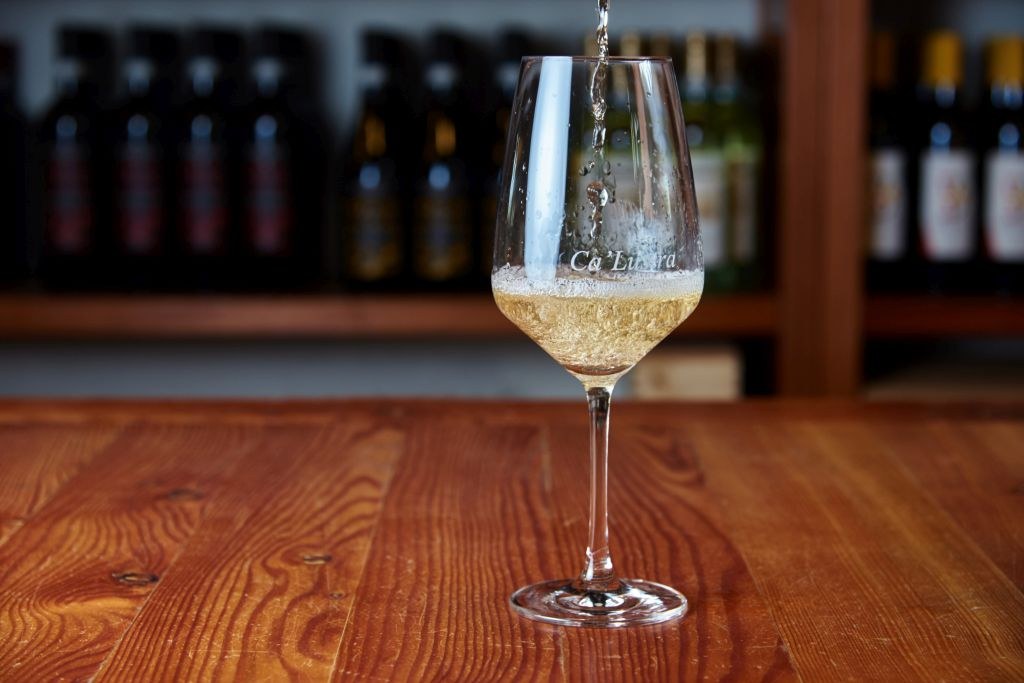
The best food and wine pairings

How to choose and emphasize each element on your table.
Pasta and wine
In Italy, pasta is the main course par excellence and it is present on all the Italian tables in different varieties and shapes, from spaghetti to rigatoni, from orecchiette to farfalle. They all have one thing in common: they can be paired to a good glass of wine. There are numerous possible matching, thanks to all the different dressing that pasta can be served with.
What do all the pasta dishes have in common? The sweet gustatory sensation given by the cereals, like wheat, rice and corn. The reason is the partial digestion of the complex carbohydrates and we can feel that during the chewing. How can we exalt this sensation? The features that the right wine must have are freshness, sapidity and effervescence.
There are some differences to keep in mind while choosing the wine to pair with each pasta dish: a light summer pasta, like farfalle with little tomatoes and zucchini, goes perfectly with a fresh and sincere wine like a Pinot Bianco or a glass of Bianco Ca’ Lustra. A seafood pasta dish, like spaghetti allo scoglio, finds its perfect match in a glass of medium structured rosé wine, better if it comes from Primitivo grapes, or our Rosato. A pasta dish with a full spoon of bolognese sauce requires a glass of a light red wine instead: a wine from Schiava grapes or a medium structure Merlot like our Le Cerese.
Paying attention to the territoriality is something that really helps to pair the food with the wine. The best matching follows the traditions. Here is an example: if you are on the Euganean Hills, enjoy some bigoli with boar meat together with a glass of traditional wine such as our Moro Polo.
Pairing meat and fish dishes with the right wine allows you to amplify the gustatory experience. They both are high in proteins, but, since they differ in taste and texture, they need different wines. Meat usually goes better with tannin and alcohol for its juiciness. Fish requires freshness and sapidity because of the sweetness given by its delicacy on the palate.
It is necessary to make some distinctions between these two categories: chicken meat or turkey meat are less juicy than a beef filet or a beef stew. At the same time, oily fish is for sure more delicate than an oyster or a shellfish. It is necessary to consider every single option. Let’s give some examples.
Vitel tonè is made of low-fat meat with a considerable amount of sauce: it needs a young, not so structured red wine that will not cover the taste of the dish. The best option is a fruity, agile and not so tannic Marzemino. Beef stew with potatoes is a very common winter dish: the juiciness given by the gravy perfectly matches a full-bodied wine like a Cabernet Sauvignon, a Sangiovese or our Bordeaux blend Moro Polo. If we are enjoying some lamb meat or some gamey meat, they both require a deeper and graver wine like a Nebbiolo from Piemonte or our Natìo, obtained by a long skin contact maceration.
Fish starters, such as shrimp cocktail, sea salad or raw fish dishes, can be best appreciated if served with a structured and persistent white wine like our Moscato Secco ‘A Cengia or a Greco di Tufo. Oysters, instead, because of their sapidity, require a tender wine like the Chardonnay. Oven cooked brill fish with potatoes, little tomatoes and Taggiasca olives, even if it is a very delicate dish, it has a very persistent taste thanks to its dressing so it needs a structured full white wine like the Manzoni Bianco.
Wine and cheese
There is so much we can say about cheese: it is an incredibly complex and fascinating world, as much as the wine one. There are no specific rules to match these two elements, it depends on the typologies, but we can generally say that the main features of cheese are fattiness and a light sweetness.
Fresh and delicate cheeses like mozzarella or ricotta, perfectly match a light white wine like a Sauvignon or our Bianco Ca’ Lustra. Soft cheeses, like Brie or Camembert, instead, due to their stronger flavor, need a fuller white wine like a Chardonnay or an elegant red wine like a Pinot Nero, to best emphasize the creamy notes. Semi-hard cheeses, like Asiago, Fontina or Montasio, can be paired with a medium structure red wine to balance the gustatory complexity of the maturation. We can opt for a Merlot or a fragrant Syrah. If we have some hard and aged cheeses like Pecorino, Parmigiano or Comtè, we can pair them with some full bodied wines, like a Cabernet Sauvignon or a Nebbiolo, even better if they are aged. Blue cheeses, such as Gorgonzola and Roquefort, constitute an apart world because, beside the sapidity, they also have some bitterish notes, given by the green/blue grains of the Penicillium fungus. In this case we can risk a little more, by pairing them with a glass of Porto, a glass of Marsala and a glass of our Fior d’Arancio Passito.
In this guide, an important role is played by the personal taste, so it is important to experiment with different matching: there could be some really good surprises!
Wine and dessert
Everything is based on the type of dessert that is about to be served. The general rule says that all the desserts should be served with a sweet wine, not with a brut.
A sparkling Fior d’Arancio is perfect to accompany a light and fruity dessert like a tart, thanks to its fruity and flowery features, its low alcohol content, its freshness and its effervescence. A glass of Porto, a glass of our Nero Musqué or a glass of Vin Santo Occhio di Pernice, can best highlight the toasted hints of cocoa in a chocolate cake. Creamy and buttery desserts, like tiramisù, are difficult to pair: their greasiness could tire whoever is enjoying it if served with too sweet wine. You better choose a dessert wine with more acidity like a Sauternes, a Sherry, a Marsala Superione. To complete this guide, ice cream and sorbets are almost impossible to pair: their temperature anesthetizes the taste buds and everything may taste too alcoholic. A good option is to pour the wine directly on the ice cream. Seeing is believing!
Vegetarian and vegan dishes pairings
Here we have many possibilities since we can find both light, fresh dishes and strong, spicy dishes. Vegetables like zucchini, carrots and salad have sweet notes and a light structure; legumes and root vegetables are rich and substantial; tofu, seitan and mushrooms are rich in proteins, so closest to meat. Let’s see some pairings.
Fresh salads with raw vegetables perfectly match light, not too acid white wines (specially if we have our salad with vinegar). A vegetables based main course can be enjoyed better if served with a dynamic and agile white wine like our Olivetani. A dish made with Tofu, Seitan, Falafel, Tabbouleh can be enhanced if served with an aromatic wine like a Moscato Secco, especially if the dish is seasoned with herbs and spices. A portion of risotto with mushrooms needs a tender but structured white wine like a Chardonnay or a light red like a Pinot Nero, a Lagrein or our Rosso Ca’ Lustra. Matching spicy and ethnic food to the right wine is a challenge: spicy and alcohol are not a great combination. But don’t worry: a slightly sweet Riesling can help to dull the spiciness. Dishes made of legumes like lentils, chickpeas and beans are usually seasoned with sauces and gravy, so the best option is to pair them with a fresh red wine from Grenache grapes, from the south area of France or a light Merlot.
Thanks to this short guidebook we can enhance all our ingredients and delight our guests.
Never forget that food and wine pairings, since they are linked to the taste-olfactory perception, is a very personal thing. We really want to foster people to experiment different combinations: we can discover new tasting frontiers and, why not, amaze our dining companions.
